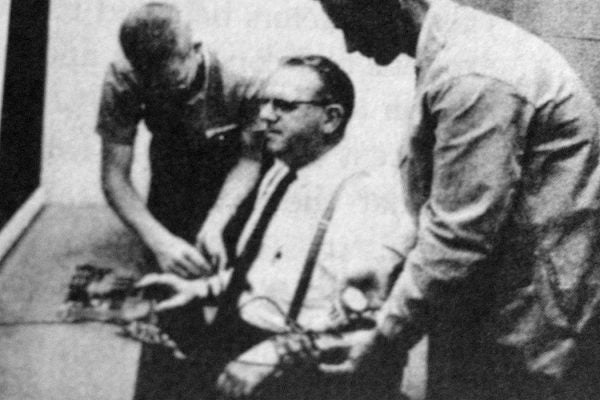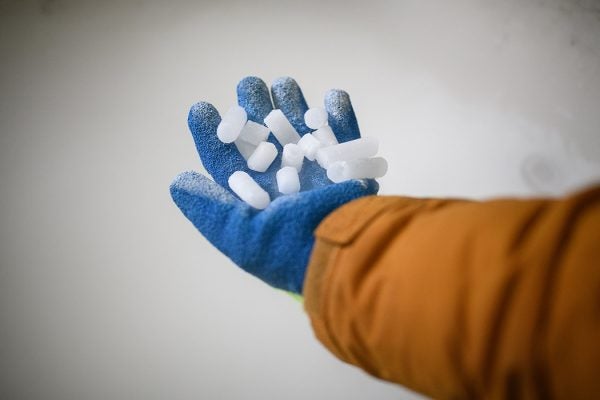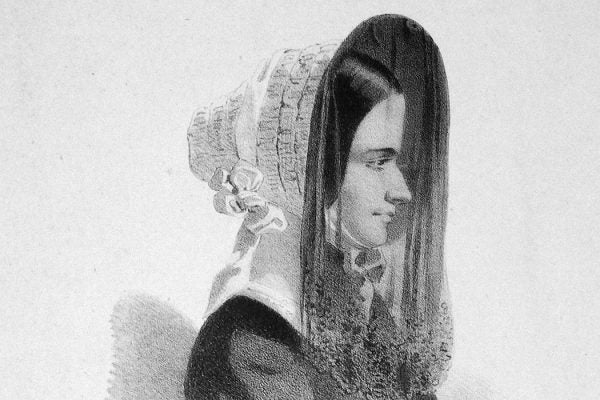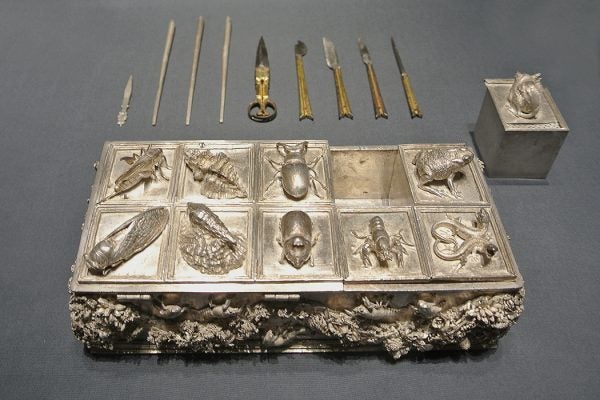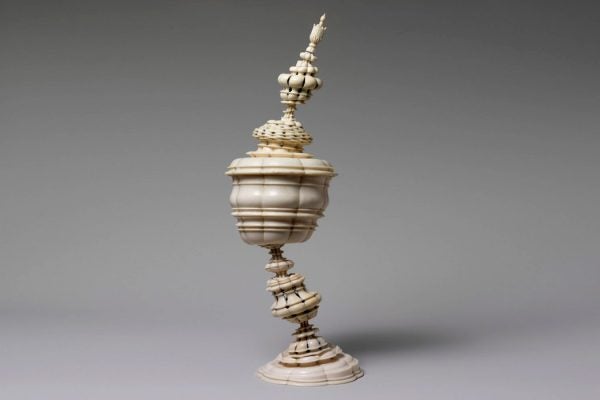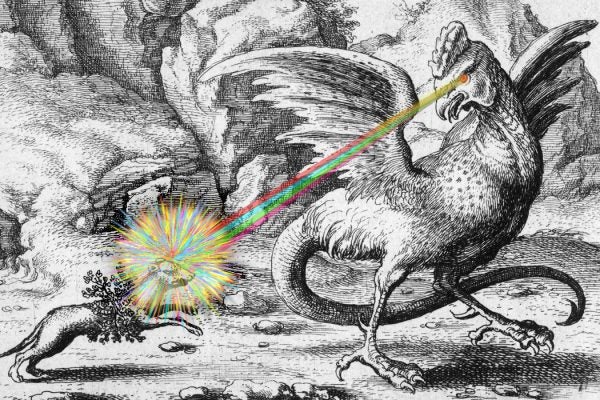The Hidden Meaning of a Notorious Experiment
In Stanley Milgram's studies of obedience, people believed they were giving shocks to others. But did their compliance say much about the Nazis?
Dry Ice Will Help Keep COVID-19 Vaccines Cold
A brief history of dry ice, aka solid carbon dioxide, shows why some coronavirus vaccines will benefit from its use.
Our Long-Running Love Affair with Pigeons
Through crazes of pigeon-fancying, these birds have been reshaped into a dizzying variety of forms.
The Arsenic Cake of Madame Lafarge
The first trial to use forensic toxicology electrified France in 1840 with the tale of a bad marriage and poisoned innards.
How Renaissance Artisans Turned Live Animals into Silver
Lifecasting was the renaissance art of making sculptures using molds taken from real-life plants and animals.
These Bizarre Ivory Cups Were Carved by Princes
The royal houses of Europe felt that it would be good for their sons to learn a manual trade. Artisans taught nobles to carve ivory on a lathe.
Editors’ Picks: What We’re Reading
The history of Native resistance, the philosophy of love, the medicalization of madness, color in fairy tales, and dinosaur bones.
Who Really Discovered How the Heart Works?
For centuries, the voice of the Greek doctor Galen, who held that blood is produced in the liver and filtered through tiny pores in the heart, went unchallenged.
Will Reanimating Dead Brains Inspire the Next Frankenstein?
In recent experiments, scientists brought back cellular functions to the brains of dead pigs, recalling early galvanism.
The Extremely Real Science behind the Basilisk’s Lethal Gaze
According to the extramission theory of vision, our eyes send out beams of elemental fire that spread, nerve like, to create the visual field.
